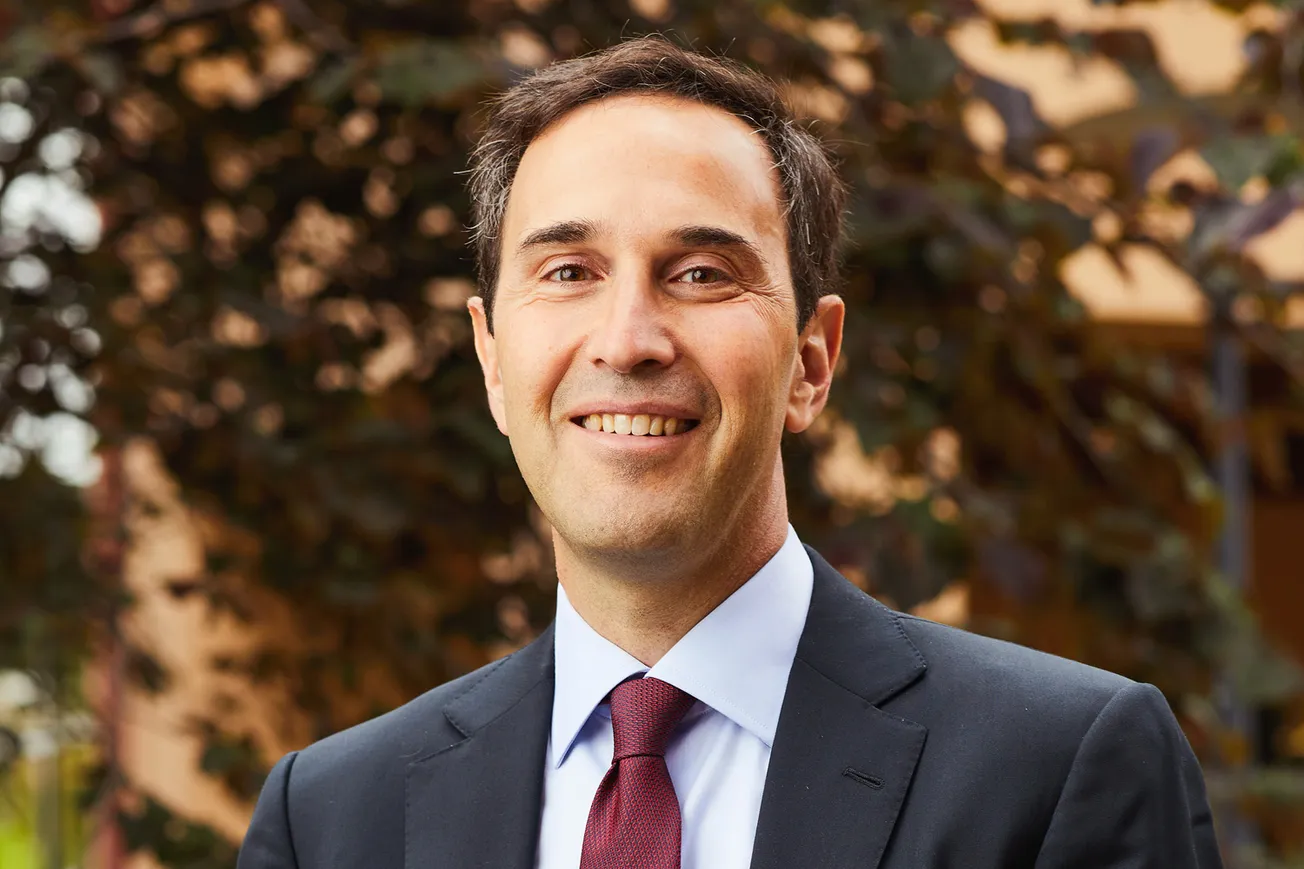Table of Contents
Recently, Stanford released its undergraduate Class of 2027 admissions and demographic data. Up slightly from Stanford’s historically low admission rate of 3.68% last year, Stanford admitted 3.91% of the applicants for its newest freshman class.
The Stanford Review has previously reported on how the racial makeup of new Stanford students has dramatically changed in recent years, steadily shifting away from white admittees and toward a greater share of Asians. This year, the Class of 2027 exhibits demographic continuity of last year's admissions cycle, with Asians making up the largest percentage at 28.8% and whites at 21.9%. This is now the fourth year that Asians represent a plurality of Stanford freshmen. Hispanic/Latino students made up 16.7% of the class, the next largest group.
About a decade ago, the Stanford Class of 2016 was nearly 40% white and less than 20% Asian. But today, Asians make up nearly 30% of the class and whites make up just over 20%. The trends in racial demographics could hardly be more striking: White students now make up almost half of what they did a decade ago despite minimal changes in nationwide demographics.
The share of minority groups has remained relatively steady from last year, but it has seen slight changes from a decade ago, though far from the change in trends between white and Asian students. From the Class of 2016, the share of black students has increased by 3.6 percentage points, from just 5.2% to 8.9% in this year’s class. Additionally, international students now make up 13.6% of this year’s class, which was just 7.3% in the Class of 2016.
This admissions cycle saw a slight decrease in the submission of standardized testing for enrolled students: 47% submitted an SAT score (down from 49% last year) and 22% submitted an ACT score (down from 23%). This admissions cycle also marked a distinct shift in the way Stanford utilizes standardized testing in the admissions process, changing the categorization of standardized test scores from “Very Important” to only “Considered”—making it the sole academic factor to earn that designation.
After adopting a test-optional policy due to the pandemic, which Stanford announced will continue until at least the 2024–2025 admissions cycle, the University has created uncertainty around how tests are factored into a “holistic” application. Earlier this month, Dartmouth became the first Ivy League to reinstate the standardized testing requirement, and Stanford has yet to announce any changes to their test-optional policy.
Overall, out of 53,733 applicants, 2,099 individuals were admitted and 1,699 matriculated, meaning that 80.94% of those who received Stanford admission letters chose to accept. While Stanford still saw a remarkably high number of applicants, the number is slightly down from last year’s all-time record of 56,378. Excluding international students, a staggering 42.9% of the Class of 2027 are from the University’s home state of California.
This year’s class is also the last class admitted before the Students for Fair Admissions v. Harvard decision, which will likely force a restructuring of admissions programs at Stanford and other institutions. But with almost a decade of seemingly strategic changes in line with the beginnings of affirmative action lawsuits, Stanford may not need to change its class profile as drastically as other peer institutions.
Admission committees are currently selecting applicants for the Stanford Class of 2028, the first university class in decades that will not be affected by affirmative action. Next year’s admissions will reveal to what extent these universities practiced affirmative action and how they are affected by the Supreme Court’s decision to overturn it.









